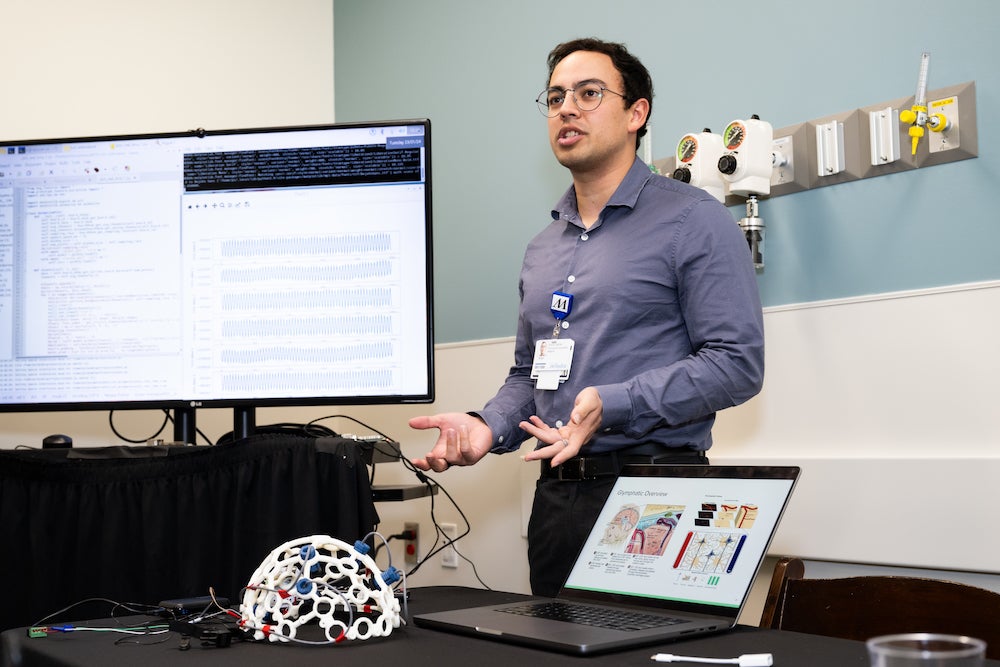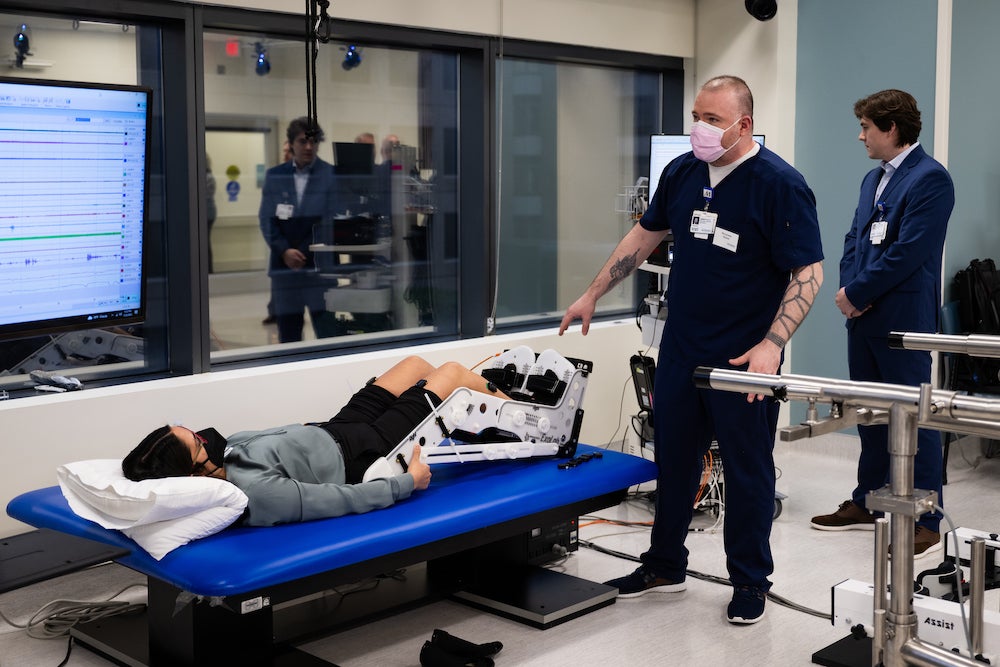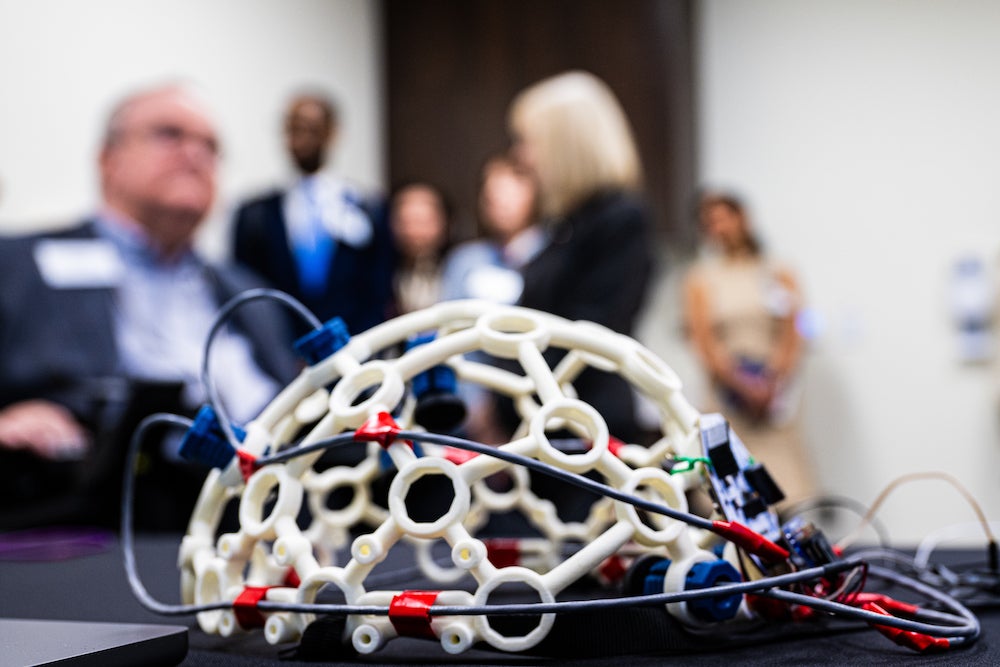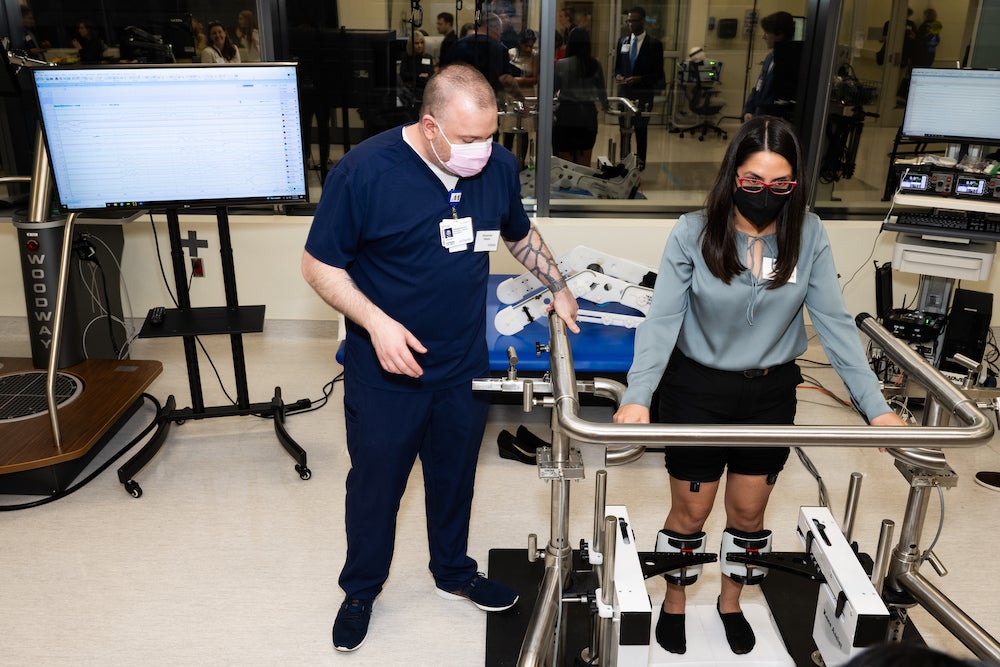Rice University and Houston Methodist have announced the launch of a joint interdisciplinary center for neurolscience research and treatment innovation. The Center for Neural Systems Restoration (CNSR), housed at Houston Methodist, aims to advance state-of-the-art care for neurological conditions by bringing together scientists, clinicians, engineers and surgeons to tackle medical challenges like stroke recovery and spinal cord injury.
"We know that engineering, computing and technology are rapidly transforming the practice of medicine and health care, opening up opportunities that just 10 years ago couldn't even be imagined," Rice President Reginald DesRoches said. "That is certainly the case in the domain where this center will work over the coming years."

Some of the center's key focus areas are brain function restoration, mild traumatic brain injury detection, upper and lower limb mobility restoration and balance and biofeedback training. The Houston Methodist facility will include operating rooms and a laboratory dedicated to ongoing diagnosis and assessment of patients and volunteers, device fabrication and testing and education and training opportunities.
"The overarching theme of the Center for Neural Systems Restoration is to incorporate multiple techniques, including neuromodulation and neurostimulation, to improve neuro recovery of the brain and spinal cord," said center co-director Dr. Gavin Britz, chair of the Houston Methodist Department of Neurosurgery. "We are fortunate enough to develop this center in a time where we have the technology ⎯ both biological and engineering ⎯ to make a difference in neuro recovery."

"This is a true collaboration between engineers and clinicians," said center co-director Behnaam Aazhang, Rice's J.S. Abercrombie Professor of Electrical and Computer Engineering. Aazhang, who also serves as director of the Rice Neuroengineering Initiative ⎯ a multidisciplinary program dedicated to "restoring and extending the capabilities of the human brain" ⎯ expressed his enthusiasm for the collaborative projects underway at CNSR, including research on stroke, glymphatic flow and mild traumatic brain injury.
The Houston Methodist facility is equipped with cutting-edge technologies such as brain-computer interfaces and high-density electroencephalography, as well as state-of-the-art equipment for balance, biofeedback and mobility training, minimally invasive neuromodulatory interventions and robotic-assisted physical therapy and surgical procedures.

Valentin Dragoi, center scientific director, the Rosemary and Daniel J. Harrison III Presidential Distinguished Chair in Neuroprosthetics in the Houston Methodist Department of Neurosurgery and a professor of electrical and computer engineering at Rice, stressed the importance of "understanding the brain both in the healthy and the dysfunctional state."
"This requires a powerful combination of techniques, ranging from neurophysiology, imaging, neuroengineering, behavioral and computational approaches," Dragoi said. "One of the roles of the center is to bring all of these under the same umbrella, and bring together scientists with different expertise ⎯ neuroengineering, neuroscience, computation, physics, psychology ⎯ to all work together to understand the brain and translate that knowledge into treatments."

In addition to the Houston Methodist headquarters, center operations are supported by more than 25,000 square feet of Rice Neuroengineering Initiative laboratories in the university's BioScience Research Collaborative.
Rice's Marcia O'Malley, a core member of both the new center and university initiative and the Thomas Michael Panos Family Professor in Mechanical Engineering, used her expertise in haptics and robotics for the "design and fabrication of complex and capable exoskeletons used to rehabilitate the upper limbs of individuals with stroke and spinal cord injury."

"With the launch of this new joint Center for Neural Systems Restoration, we will take our technologies further, combining our robotic systems with advanced neuromodulation tools developed by our Methodist collaborators," O'Malley said. "Neuromodulation systems stimulate the individual's own nervous system, either peripherally or centrally. By combining neuromodulation and robotic devices in a hybrid system, we can augment the patient's own capabilities, restoring motor coordination and independence."
The center is a medical treatment innovation hub that incorporates engineering solutions involving robotics, neuroprosthetics, AI and machine learning, probe arrays and more with the human brain, spinal cord or peripheral nervous system to restore function.

In addition to revolutionizing care for people with neurological disease and injury, CNSR will train future generations of doctors and scientists in a unique, collaborative setting that bridges lab and clinic, equipping them with unparalleled expertise.
"Engineers need doctors and doctors need engineers - only together can we solve the hardest challenges in human health," said Dr. Charles Liu, director of the USC Neurorestoration Center at the University of Southern California. "With the largest medical center in the world, and an elite technical university on virtually the same campus, the combined resources of our new center exceed virtually any that exists in the world."






